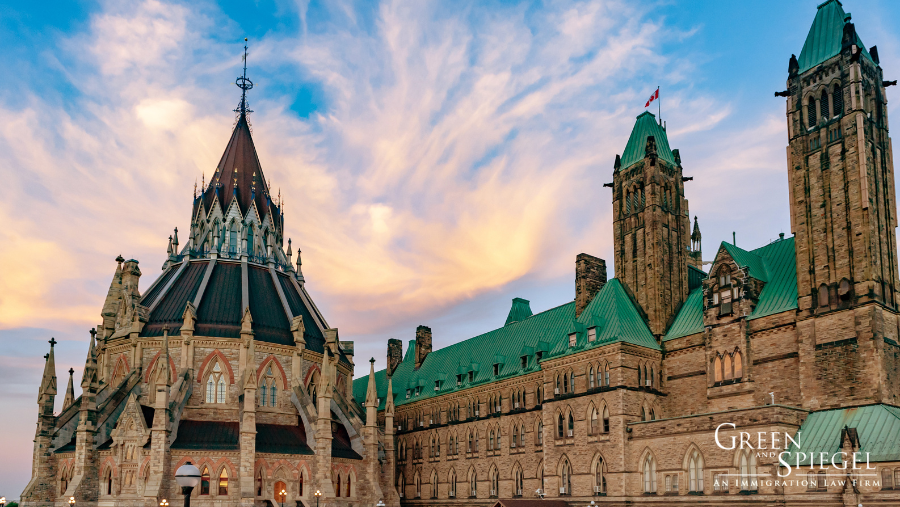In mid-February, the Immigration Levels Plan for 2022-2024 was released. The plan outlines a breakdown of targets for particular permanent residence programs in addition to the overall target of permanent residence year over year.
As always, there is good news and bad news. Many are disappointed with what the plan outlines, however, it is important to keep in mind that immigration is a balancing act with numerous factors that come into play. It is equally as important to know that there are numerous pathways to obtain permanent residence in Canada and this is the year to explore and take advantage of those pathways.
Canada welcomed 405,000 permanent residents in 2021. In October 2020, the overall target outlined for permanent residence in 2022 was 411,000. In the current Immigration Levels Plan released in February 2022, the target increased to 431,645, but the allocation of the numbers is what has significantly changed.
The Government made a strong push last year in accepting permanent residence applications from candidates in Canada under the Canadian Experience Class stream. In fact, the score needed for an invite under the Canadian Experience Class stream was uncharacteristically low compared to the previous years. In addition, in May 2021, the TR to PR pathway program was introduced wherein a little over 84,000 applications were accepted.
In previous years the number of applications accepted was more or less within the target range for that year but this all changed last year creating substantive backlogs in processing files. A backlog big enough to fulfill the 2022 targets for the Economic-Federal High Skilled programs category without accepting any new applications in 2022.
Considering the new targets, things are not looking good for new applicants that will fall solely in the Federal High Skilled category. However, the Government of Canada has predicted a labour shortage and projected 5 million Canadians are set to retire by 2030. This is less than 10 years from now and it is very clear we need immigration in Canada for our economic future.
Although it is not clearly outlined, it seems there may be a push for rural and northern immigration pilots, provincial nomination programs and/or community-based immigration versus purely human capital immigration. Now more than ever, it is important to explore programs beyond the Federal High Skilled programs as that may be your best way forward for PR this coming year.
If you would like to learn more about your pathway to permanent residence or assess your Canadian immigration options, please contact sonias@gands.com to book a consultation.





